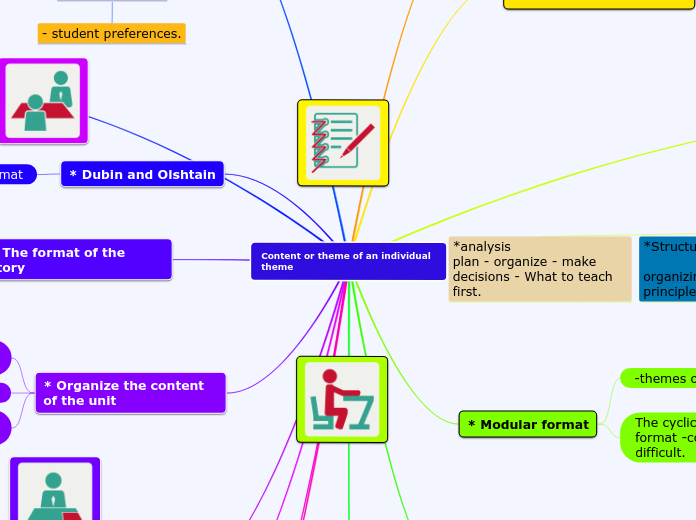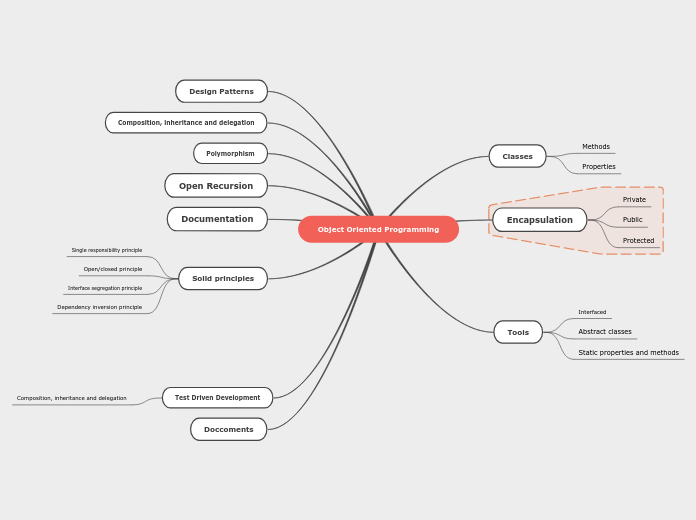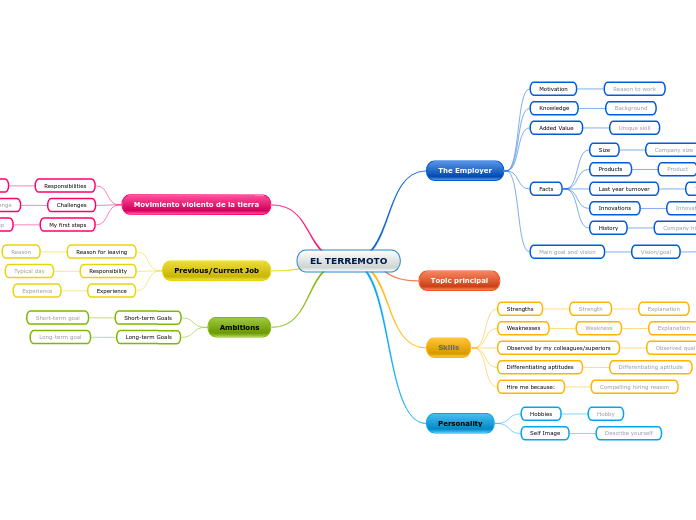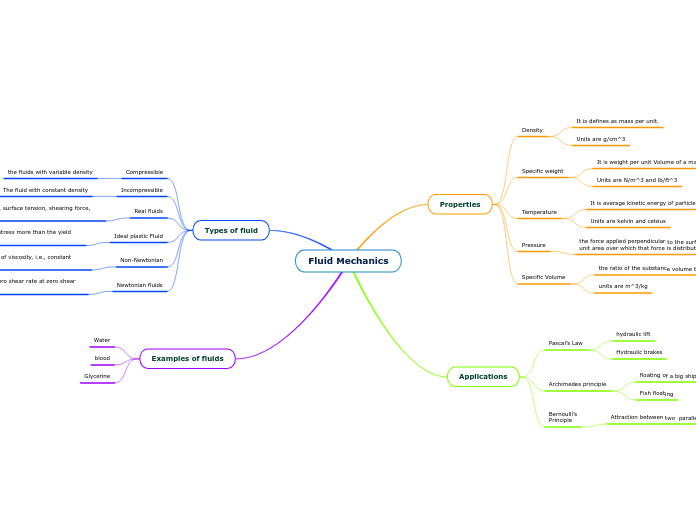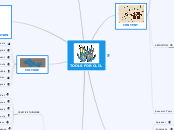realizată de Domenica Olivo 3 ani în urmă
152
Content or theme of an individual theme
Effective course design involves a structured approach to organizing content and objectives to enhance student learning. Key aspects include determining clear goals, specifying the sequence of units, and aligning tasks with desired outcomes.
